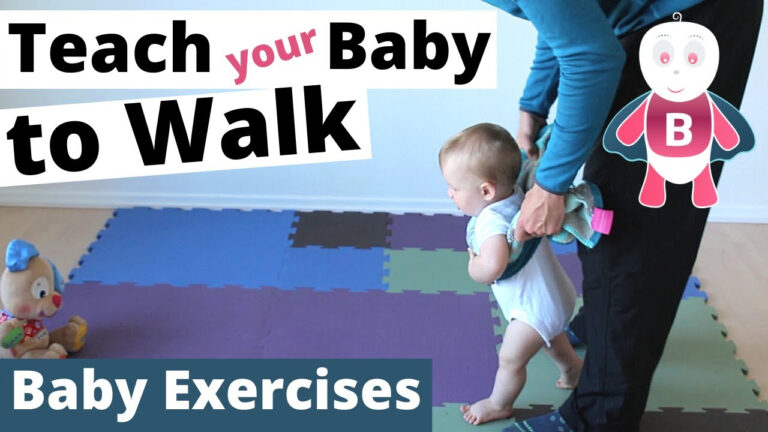How To Help Baby Turn Head Down
Are you expecting a baby and looking for ways to help your baby turn head down? This article will provide you with comprehensive information on how to encourage your baby to get into the optimal position for birth. Ensuring that your baby is head down can help make labor and delivery smoother and reduce the risk of complications. Read on to discover effective techniques to help your baby turn head down.
Knowledge
Before diving into the techniques to help your baby turn head down, it’s important to understand why this position is crucial. The ideal position for birth is when the baby’s head is facing downward towards the birth canal. This position, also known as vertex or cephalic presentation, allows for a smoother passage through the pelvis during labor and delivery.
Several factors can influence your baby’s position in the womb. These include the shape of your uterus, the amount of amniotic fluid, the position of the placenta, and the strength of your abdominal muscles. Additionally, factors such as baby’s size, multiple pregnancies, and a history of breech position can also play a role.
There are several techniques you can try to encourage your baby to turn head down. These include:
Spending time in positions that encourage the baby to move head down can be beneficial. This includes sitting upright, leaning forward on a birthing ball, or getting on your hands and knees. Gravity can help the baby get into the desired position.
Performing pelvic tilts can help create space in your pelvis and encourage the baby to move head down. Lie on your back with knees bent and gently rock your pelvis back and forth. This can help the baby shift into the optimal position.
Practicing prenatal yoga or engaging in regular exercise can help strengthen your abdominal and pelvic muscles, creating a supportive environment for your baby to turn head down. Consult with a prenatal yoga instructor for specific poses that can help encourage optimal fetal positioning.
If your baby is still in a breech position later in pregnancy, your healthcare provider may recommend an ECV. During this procedure, the provider will try to manually turn the baby into a head-down position by applying pressure on your abdomen. ECV is typically done in a hospital setting under ultrasound guidance.
Some women have found acupuncture and chiropractic care to be helpful in encouraging their baby to turn head down. These alternative therapies focus on aligning the body’s energy and structure to promote optimal fetal positioning.
Conclusion
In conclusion, helping your baby turn head down is essential for a smoother labor and delivery process. By incorporating techniques such as optimal maternal positioning, pelvic tilts, yoga, and seeking professional help if needed, you can increase the chances of your baby assuming the optimal position for birth. Remember to consult with your healthcare provider before trying any new techniques to ensure they are safe for you and your baby.
Overall, this article is targeted towards expectant mothers who are looking for ways to help their baby turn head down. By following the tips outlined in this article, you can increase the likelihood of your baby assuming the optimal position for birth, leading to a more comfortable and efficient delivery experience.
Ultimately, the position of your baby can impact your labor and delivery experience, making it important to take proactive steps to encourage optimal fetal positioning. By being informed and proactive, you can help create the best possible conditions for a safe and successful birth.






